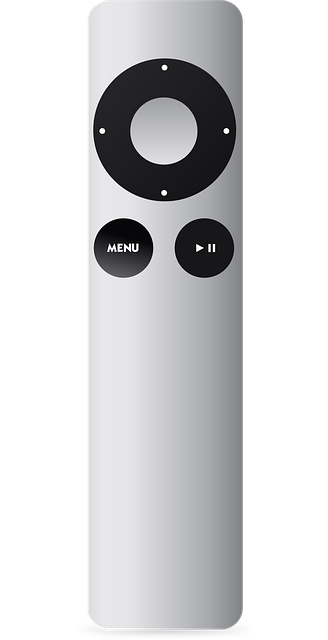Pigeons and wildlife in Denver's attics cause structural damage and health risks. Effective bird control for pigeons, using methods like netting, spikes, and humane trapping, is crucial for commercial buildings. Denver's strategic approach ensures compliance and animal welfare through detailed inspections and exclusion techniques, setting a sustainable standard for urban pigeon control.
In urban areas like Denver, wildlife intrusion, particularly birds like pigeons, can pose significant challenges for commercial property managers. This article explores effective bird control strategies tailored for commercial buildings, focusing on humane and legal methods of attic animal exclusion. Understanding the impact of common pests and learning from Denver’s successful approach to wildlife management is crucial for maintaining safe, sanitary, and structurally sound properties.
- Understanding Attic Wildlife: Common Pests and Their Impact
- Effective Bird Control Strategies for Commercial Buildings
- Denver's Approach: Legal and Humane Exclusion Techniques
Understanding Attic Wildlife: Common Pests and Their Impact

Attics can become unexpected homes for various wildlife, with birds being among the most common uninvited guests. Pigeons, in particular, are a significant concern for commercial buildings in Denver due to their tendency to nest and roost in hard-to-reach areas. These feathered visitors not only cause structural damage by tearing up insulation and wood but also pose health hazards through their droppings, which can lead to mold growth and other issues.
Other attic animals, such as squirrels, raccoons, and bats, can also wreak havoc on buildings. Squirrels chew through electrical wires, increasing the risk of fires, while raccoons and bats can transmit diseases like rabies. Effective wildlife control and exclusion methods are essential to prevent these pests from causing further damage and ensuring a safe environment for building occupants.
Effective Bird Control Strategies for Commercial Buildings

Pigeons and other birds can pose significant challenges for commercial buildings in Denver, causing damage to rooftops, facades, and even interior spaces through their nesting and fecal matter. Implementing effective bird control strategies is crucial for maintaining a clean, safe, and aesthetically pleasing environment.
One of the most successful methods involves physical exclusion techniques such as bird netting, spikes, and scarers. Netting can be securely installed on ledges and other areas where pigeons tend to land, preventing them from accessing these spaces. Spikes, often made of stainless steel or aluminum, create an uneven surface that discourages birds from perching. Visual deterrents like scarers (both static and animated) can also be highly effective in scaring away birds without causing harm. Combining these physical barriers with regular cleaning and maintenance routines can significantly reduce bird infestations and ensure the long-term integrity of commercial structures in Denver.
Denver's Approach: Legal and Humane Exclusion Techniques

Denver, known for its vibrant urban landscape, has developed a comprehensive approach to wildlife control, particularly focusing on attic animal exclusion. The city’s methods prioritize both legal compliance and humane treatment of animals, especially in the case of bird control for pigeons on commercial buildings. Professionals employ advanced techniques to ensure the safe and legal removal of pigeons and other birds from attics, without causing harm to the creatures or violating any local wildlife protection laws.
This strategy involves meticulous inspection, strategic sealing off entry points, and humanely trapping animals using approved methods. By combining these practices, Denver aims to maintain a harmonious coexistence between urban development and wildlife, showcasing a responsible and sustainable approach to attic animal exclusion.
In addressing the challenge of bird control for pigeons on commercial buildings in Denver, it’s clear that a combination of effective strategies is key. By understanding the impact of common attic wildlife, implementing humane and legal exclusion techniques, and adopting tailored methods like Denver’s approach, building owners can ensure a safe, clean, and structurally sound environment. These strategies not only mitigate pest issues but also promote a harmonious coexistence with nature, making urban spaces more sustainable and aesthetically pleasing.
